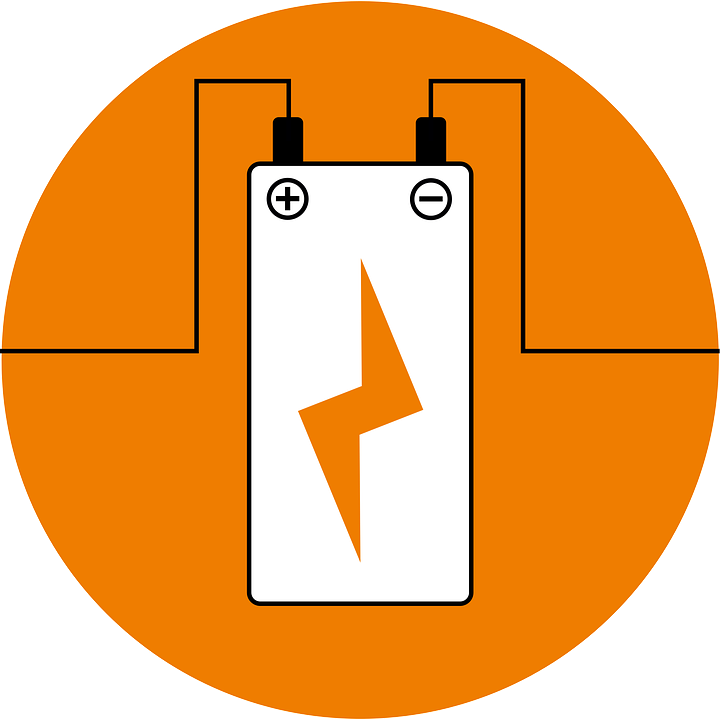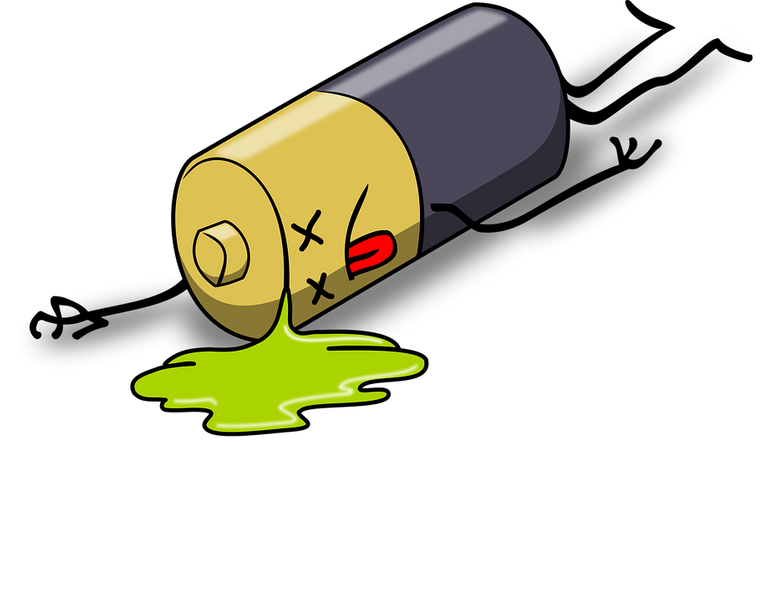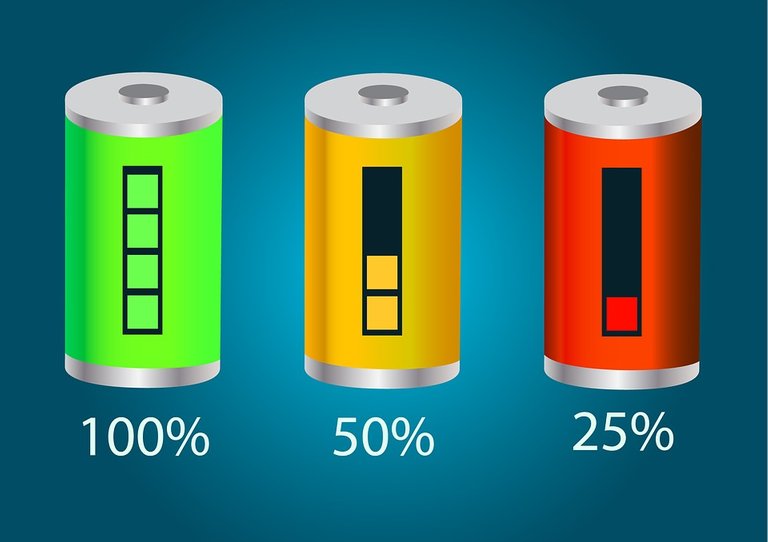
From a scientific theoretical point of view, the devices that store electrical energy are called batteries, piles or accumulators, which are sophisticated devices made up of electrochemical cells (units capable of converting the chemical energy inside them into electrical energy) that provide electrical energy mainly for the ignition of combustion engines and the ignition of multiple technological devices.

Fig. 2 It is claimed that conventional batteries do not tolerate sufficient charge, and in most cases are overcharged to the point of being unusable. Image of public domain, Author: Acunha1973, 2016
Now, having explained what a battery is and how this device works, it is necessary to mention that batteries have played an important role in our daily life since their invention, essentially because this technological advance has provided us with non-reversible chemical energy to charge our electronic devices throughout this time.
In order for a battery to generate non-reversible chemical energy, oxidation-reduction reactions of certain chemical substances must occur inside the battery, one of which loses electrons while the other gains electrons. Among the chemical reactions that produce the most energy are those generated in alkaline conditions between zinc and manganese dioxide, acid/lead reactions, nickel, nickel/cadmium, nickel/hydride, lithium ions, lithium polymer and others of lesser use such as nickel/iron.

Fig. 3 According to new approaches, the nickel/iron battery invented by Thomas Edison tolerates undercharging and overcharging better than batteries. Image of public domain, Author: Manuchi, 2016
Paradoxically, more than two centuries after the invention of batteries, science has been reorienting the use of conventional batteries towards the use of more environmentally friendly batteries, and they have found that the nickel-iron battery invented by Thomas Edison is more efficient and resistant to tolerate insufficient charge and overcharge better than the batteries mentioned in the previous paragraph.
BIBLIOGRAPHICAL REFERENCES CONSULTED:
[1] Viswanathan B Energy Sources: Batteries. Chapter 12. Fundamentals of Chemical Conversion Processes and Applications. 2017: 263 – 313. Article: Online access
[2] Helwig A Long-life nickel iron battery functionality / cost comparison for peak demand SWER network voltage support application. Conference: 2013 Australasian Universities Power Engineering Conference (AUPEC). Article: Online access
OBSERVATION


Greetings friend. Certainly in the search for higher performance in batteries, some metals have been used that have presented major problems for the environment, such as cadmium and lead, not only because of its difficult extraction but also because of the toxicity of these elements to the environment. And it is incredible how almost two centuries later Thomas Edison's battery can be reconsidered, since both nickel and iron are more abundant in nature, more economical and less dangerous, I once read that graphene was thought to give better performance to this battery and correct the defects that led to stop using it, combining this old technology with new materials.
Certainly where more problems have been generated is precisely with cadmium and lead, I remember having read also something graphene even without more I do not remember was a publication that socialized on the platform the friend @carloserp-2000. Thanks for leaving your accurate comment
Hi @lupafilotaxia
There is no denying the usefulness of batteries and batteries, as well as the damage they cause to the environment by the toxic substances that make up it, two truths that human beings must assume.
Great read friend, thank you for sharing.
Best regards.
Exactly, they generate toxic substances, the breaking point is that even knowing that there are other more environmentally friendly alternatives, one always opts for what causes the most damage to the environment. Thank you professor @janettyanez for your kind visit to the blog.
Congratulations @lupafilotaxia! You have completed the following achievement on the Hive blockchain and have been rewarded with new badge(s) :
Your next target is to reach 450 posts.
You can view your badges on your board and compare yourself to others in the Ranking
If you no longer want to receive notifications, reply to this comment with the word
STOPCheck out the last post from @hivebuzz:
Hi @lupafilotaxia chemical reactions are the engine that put in operation not only the batteries, but all living species on our planet. In a way we can establish that we humans are a walking reaction, since we depend on them to operate. Thank you for your contribution
The fact of being a walking reaction from the biological point of view can be interpreted as a species in constant evolution. Thanks friend @madridbg for your appreciation.